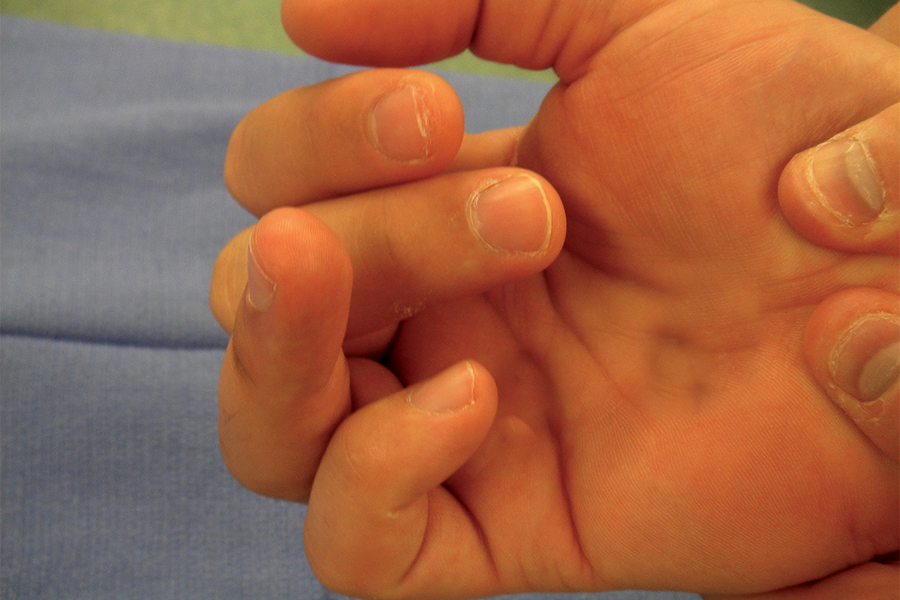Joint Transfer Surgery in Malleshwaram
Joint transfer surgery is a specialized orthopedic procedure aimed at restoring mobility and function in joints severely damaged by trauma, arthritis, or congenital anomalies. At Sapiens Clinic in Malleshwaram, we offer advanced joint transfer techniques to help patients regain movement and improve their quality of life.
Understanding Joint Transfer Surgery
Joint transfer involves relocating a joint from one part of the body to another to replace a non-functional or absent joint. This procedure is particularly beneficial when prosthetic joint replacement is not feasible or has failed. By transferring a patient’s own joint, we aim to achieve better integration and functionality.
Indications for Joint Transfer
Joint transfer surgery may be considered in the following scenarios:
- Traumatic Joint Loss: Severe injuries leading to the loss of joint structures.
- Failed Joint Replacements: Previous prosthetic implants that have failed or caused complications.
- Congenital Joint Absence: Birth defects resulting in missing or underdeveloped joints.
- Infection-Induced Joint Damage: Severe infections leading to joint destruction.
Each case is evaluated individually to determine the suitability of joint transfer as a treatment option.
Surgical Procedure
The joint transfer procedure involves several critical steps:
- Donor Joint Selection: Identifying a suitable joint for transfer, often from a less critical area.
- Harvesting the Joint: Careful extraction of the donor joint along with its associated structures.
- Recipient Site Preparation: Preparing the damaged area to receive the new joint.
- Microsurgical Attachment: Connecting bones, tendons, ligaments, and blood vessels to ensure functionality.
- Postoperative Care: Monitoring for complications and initiating rehabilitation.
Advanced imaging and surgical planning are utilized to enhance precision and outcomes.
Recovery and Rehabilitation
Recovery from joint transfer surgery involves a comprehensive rehabilitation program :
- Immobilization: Initial period to allow for healing and integration.
- Physical Therapy: Customized exercises to restore range of motion and strength.
- Regular Monitoring: Follow-up visits to assess progress and address any issues.
- Long-Term Care: Ongoing support to maintain joint function and prevent complications.
The recovery timeline varies depending on the joint involved and the individual patient’s condition.
Conclusion
Joint transfer surgery offers a viable solution for patients with complex joint issues where traditional treatments have failed. At Sapiens Clinic, Malleshwaram, our multidisciplinary teamis dedicated to providing personalized care, utilizing cutting-edge techniques to restore mobility and enhance the quality of life for our patients.
FAQs
1. What is the success rate of joint transfer surgeries?
Success rates vary based on the joint involved and the patient’s overall health, but many patients experience significant improvements in function and pain relief.
2. Are there risks associated with joint transfer surgery?
As with any surgical procedure, risks include infection, blood clots, and issues with joint integration. Our team takes all necessary precautions to minimize these risks.
3. How long is the hospital stay after joint transfer surgery?
Hospital stays typically range from a few days to a week, depending on the complexity of the surgery and the patient’s recovery progress.
4. Will I need physical therapy after the surgery?
Yes, physical therapy is a crucial component of recovery, helping to restore movement and strength in the affected joint.
5. Can joint transfer surgery be performed on children?
Yes, with careful consideration, joint transfer surgery can be performed on pediatric patients, especially in cases of congenital joint absence or severe trauma.

Leave a Reply